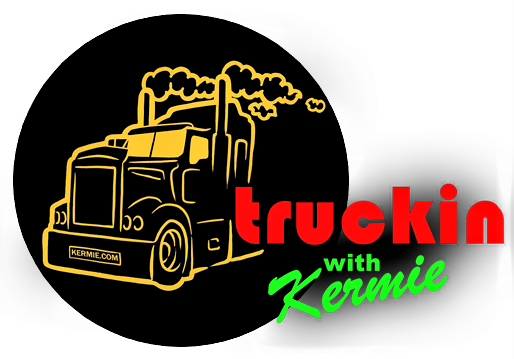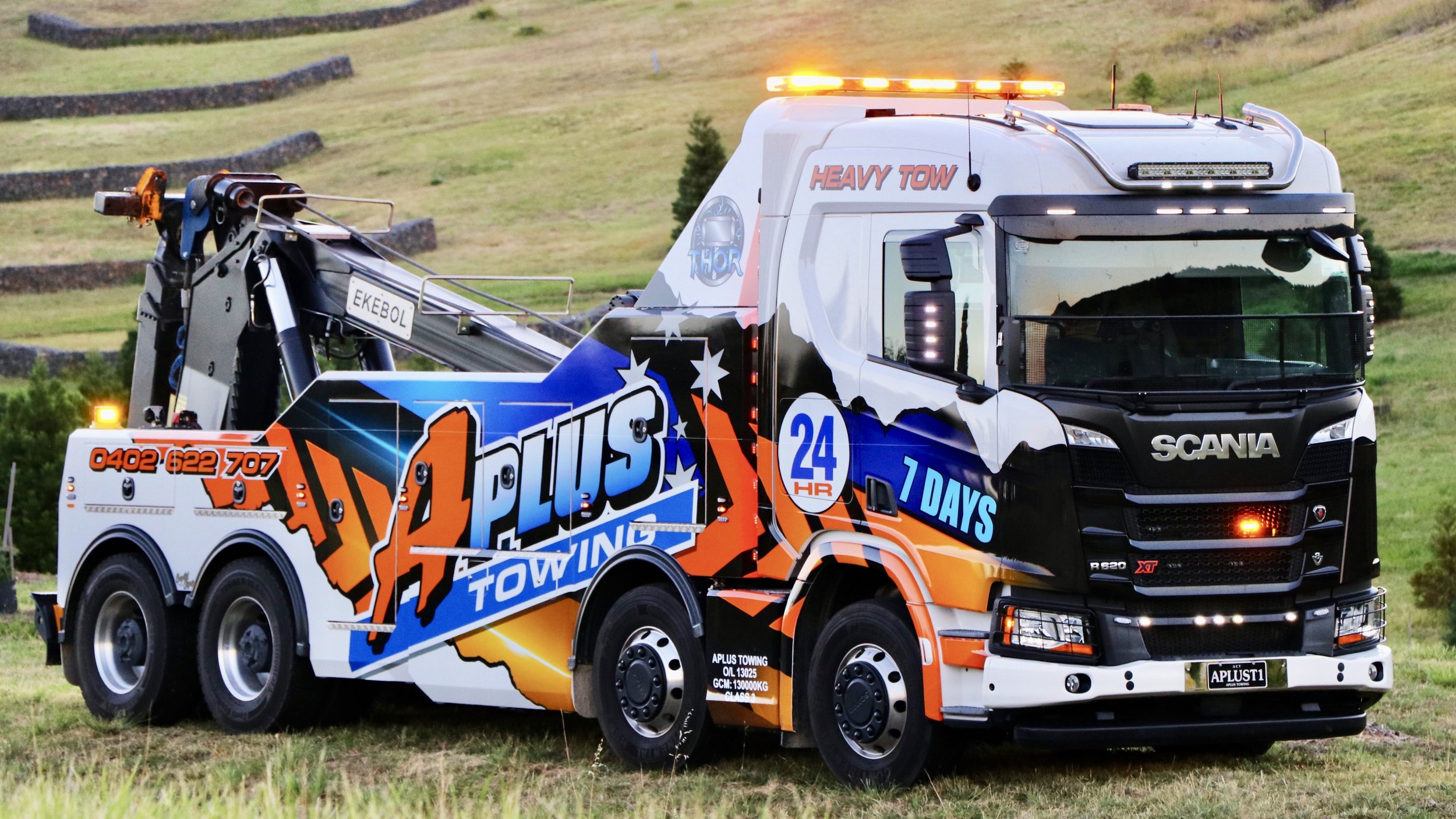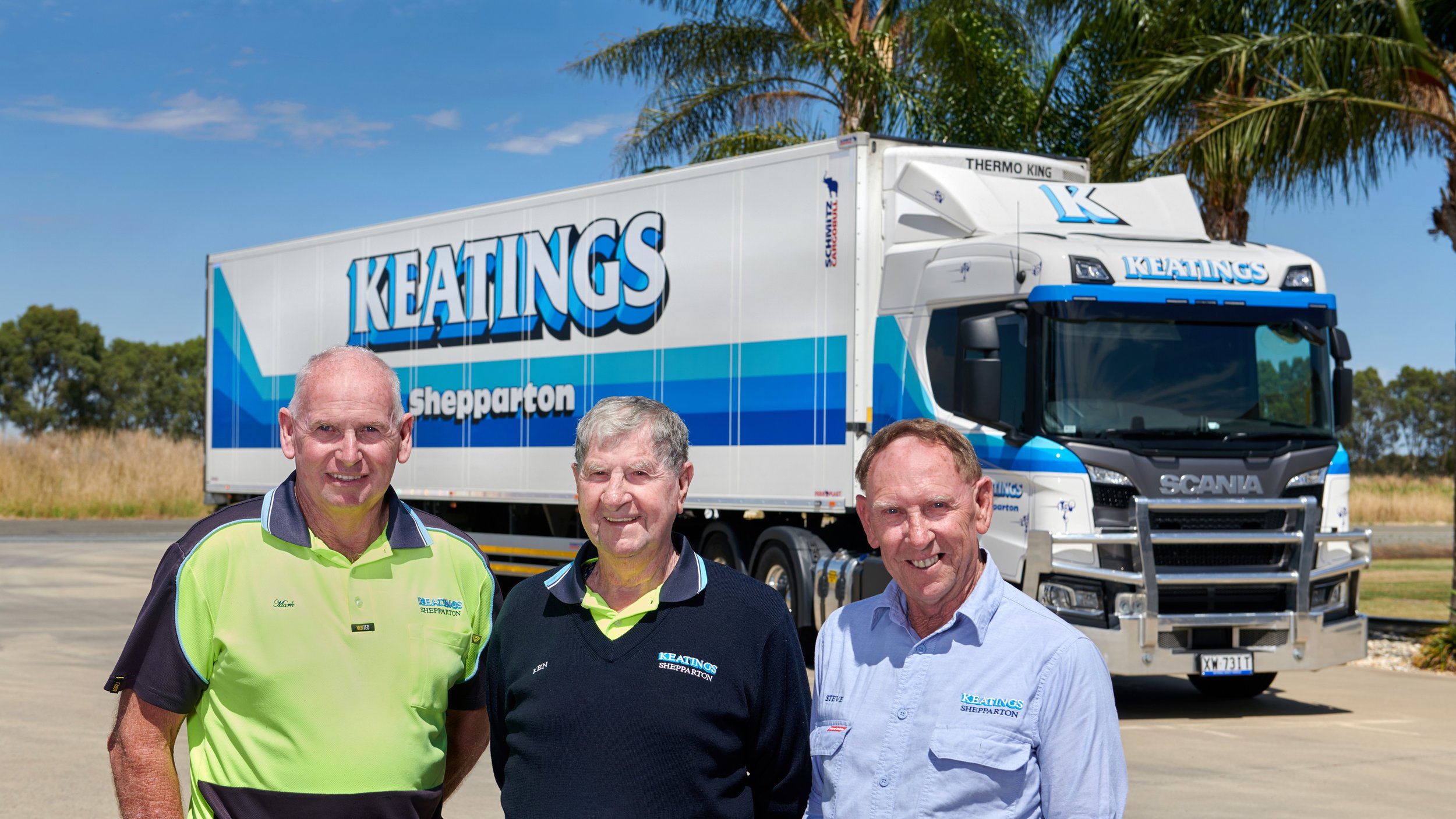Great brakes: not just for the track.
So says Donny Macgregor (pictured above), the driver of the Bendix Racing Team B-Double transporter. There’s a lot riding on his shoulders – and the brakes of his drive; around $10M worth of race cars, equipment, truck and trailers in fact.
Behind the glamour of being involved in Supercars, the country’s preeminent motorsport category, the pressure is on every time the transporter leaves the team’s Gold Coast headquarters for a race round, but risks are mitigated with meticulous preparation and regular safety checks.
Donny’s entry into truck driving was different to most, having initially worked as a panel beater and painter before a self-professed “love of all things shiny” had him move from fast four-wheeled vehicles to large but equally shiny trucks. His first truck driving role was behind the wheel of a 2006 model Kenworth rigid, while his current tenure with Matt Stone Racing (the team behind Bendix Racing) began in 2018.
“The improvements in technology from the trucks of 20 years ago to what we have now are huge,” Donny said. “Back then all the safety systems were rudimentary – now most modern trucks are well equipped with active safety features. Equipment such as advanced emergency braking, adaptive cruise control, forward collision warning and the like, certainly make for a much less stressful drive.”
Donny’s regular drive is a DAF XF, that’s equipped with Bendix braking hardware straight from the manufacturer’s production facility in Bayswater, Melbourne. The truck is still running its original brake pads and according to Donny, the performance of the Bendix ProTrans™ Disc Pads has been strong.
“From my perspective the ProTrans™ pads are delivering on every level. The combination is grossing around 54 tonnes and they pull up the truck very nicely – there’s consistent pedal feel, the pads bite well and they’re durable,” he said. “And from a comfort and usability standpoint, they’re also very quiet and produce minimal brake dust, which helps keep the truck cleaner.”
Along with adhering to the truck’s regular OE maintenance schedule, it’s also rolled over the pits every year for its National Heavy Vehicle Regulator inspection. Additionally, more checks occur at race headquarters prior to the transporter departing for each round of the series.
“We go over the truck and trailer combination very closely, checking anything and everything, things like lights, tyres, brake hoses and fluids, trailer couplings and load restraint; we also make sure all first aid equipment and PPE gear is as it should be,” Donny said.
While braking technology and using quality friction materials goes a long way in keeping the transporter and its precious cargo safe out on the roads, driver skill is also a major contributor to minimising the chance of an accident or close call. Donny’s main tip in handling the transporter is to drive conservatively and save the brakes for when you need them.
“Drivers should make the most of the technology that’s available in the latest generation of trucks,” he explained.
“When descending hills, you want to let engine braking and the transmission retarder do the work to maintain a safe and controlled speed. Dab the brakes if necessary, but save them for when you need them rather than cooking them on steep hills.”
More Blog Posts You Will Love
More From the News
Got something to say? Say it here!
truckinwithkermie.com is for YOU and about YOU. We’d love to hear your stories. There are a number of ways to get in touch with us:
kermie@truckinwithkermie.com
(+61) 0418 139 415














